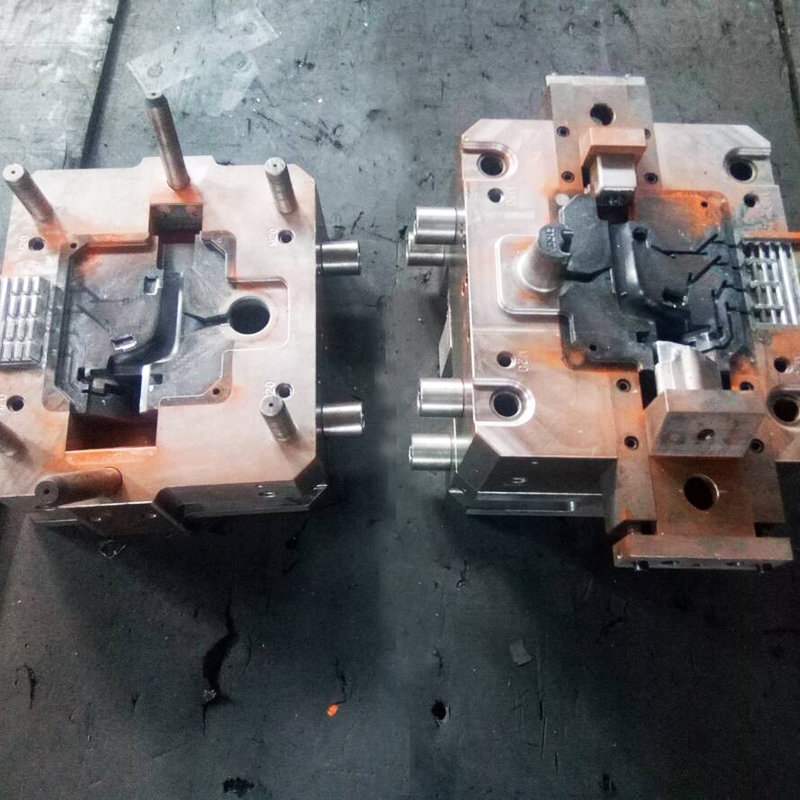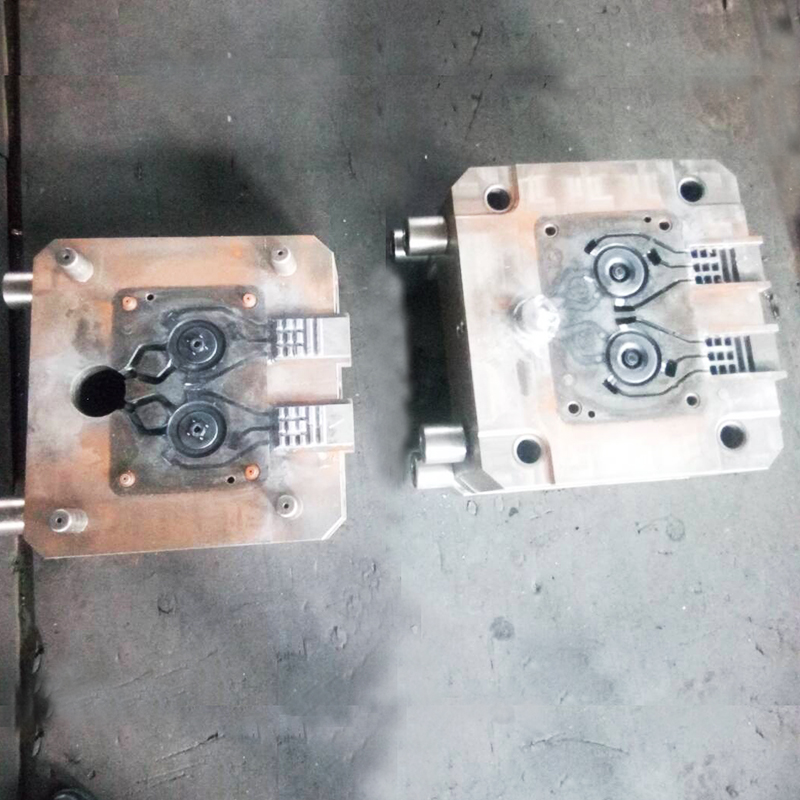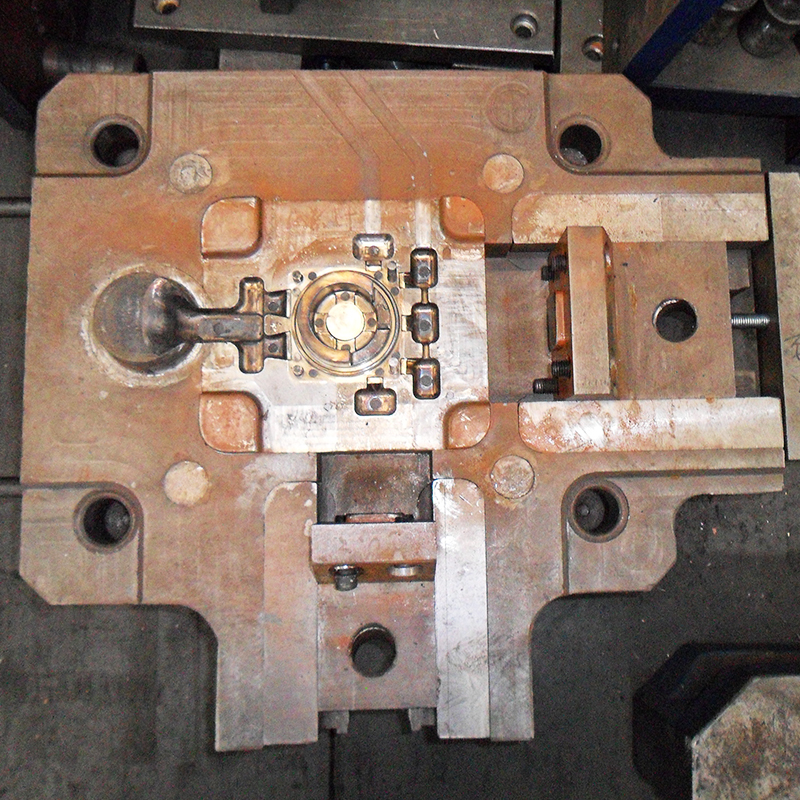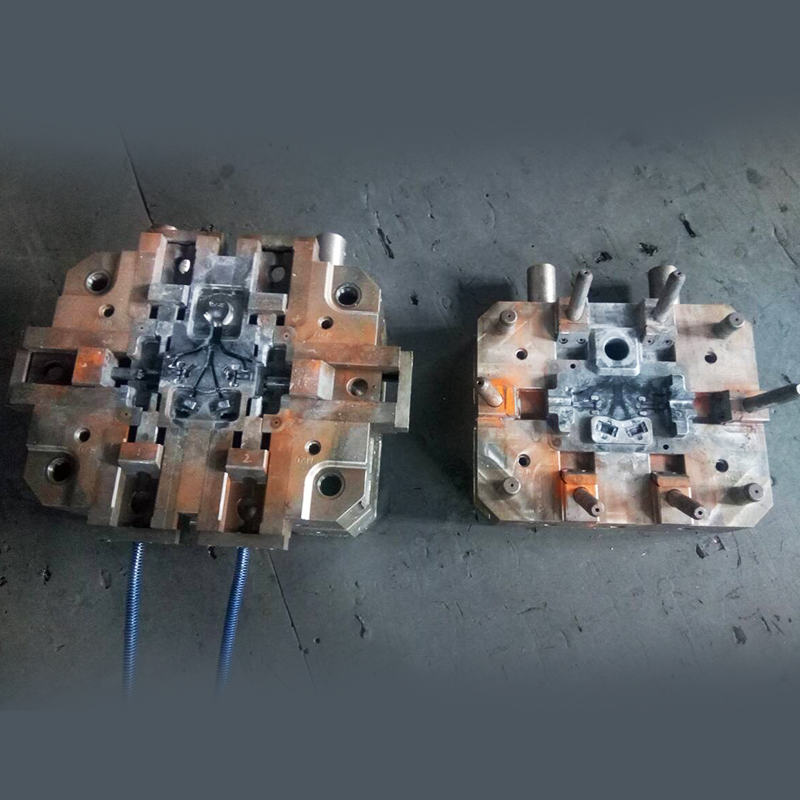Apr 28, 2023
What Factors Control Temperature of Aluminium Die Casting Mold?
The temperature of the aluminum die-casting mold should be determined based on the shape of the casting, the material of the molten metal, and other conditions.
It is well known that in continuous casting, the mold temperature increases and decreases once per injection. Such a continuous and repeated rise and fall cycle results in considerable temperature fluctuation. Therefore, which moment of temperature is used as the reference point for measuring mold temperature? The ideal reference point is the surface temperature of the mold cavity before the metal liquid is filled as the control reference for the mold temperature. But measuring this temperature is more difficult. Generally speaking, the surface temperature of the mold cavity after the casting is taken out is taken as the benchmark for measuring the mold temperature and is called the mold temperature.
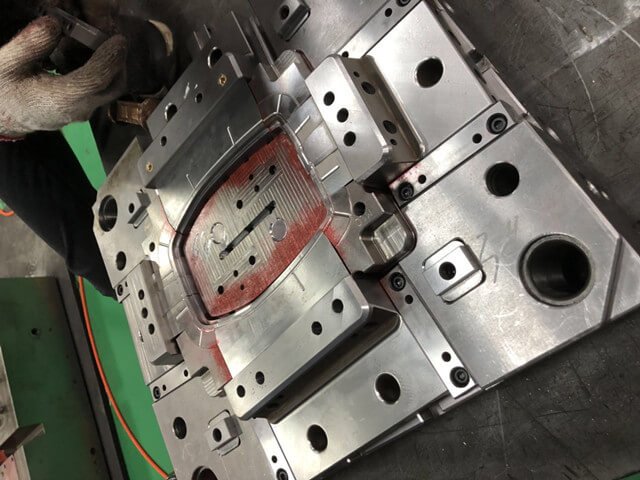
For general die-casting molds, it is good to have a surface temperature of about 40% of the alloy melting point after taking out the casting during continuous casting (for example, if the alloy melting point is 600 ℃, the mold temperature is about 240 ℃, and if the alloy melting point is 375 ℃, the mold temperature is about 150 ℃). However, the mold temperature of thin-walled castings should be slightly increased; Thick wall castings should be slightly lowered.
The high temperature of liquid metal results in good fluidity and easy casting. However, if the temperature of the liquid metal is too high, the gas content increases, and pinhole and pore defects are easily generated; Moreover, after filling the mold cavity, the shrinkage inside increases, and it is also easy to produce defects such as shrinkage holes and surface shrinkage pits. More seriously, it shortens the life of molds and melting batches, and increases melting costs, and other adverse factors. In this view, it is better to keep the temperature of the molten metal low, but it should not be too low, otherwise, the fluidity is poor and the casting process is difficult.
In addition, when the filling process is carried out on a small power die casting machine, the temperature of the liquid metal should also be higher. For castings that are difficult to rise in mold temperature and have a large resistance to the flow of liquid metal from inserts such as motor rotors, the temperature of the liquid metal should also be higher.
Ningbo Fuerd was founded in 1987 and is a leading full-service die Casting Tooling, aluminum die casting, zinc die casting, and Gravity casting manufacturer. We are a solution provider offering a wide array of capabilities and services that include engineering support, designing, molds, complex CNC machining, impregnation, tumbling, chrome, powder coating, polishing, assembly, and other finishing services. We will work with you as partners, not just suppliers.
NINGBO FUERD MECHANICAL CO., LTD
Website: https://www.fuerd.com
